
Maximizing Dust Collection Efficiency with Horizontal Cyclones | Aerodyne
Horizontal cyclones are compact and space-saving, reducing height to one-third of traditional models, making them ideal for spaces with low headroom.
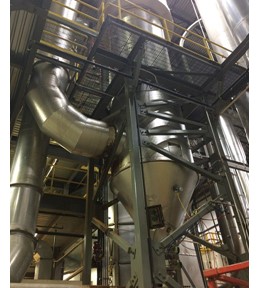
Why Companies Avoid Upgrading Dust Collectors? | Aerodyne
The cyclonic dust collector is designed to collect fine, low-density particles in applications like API production.
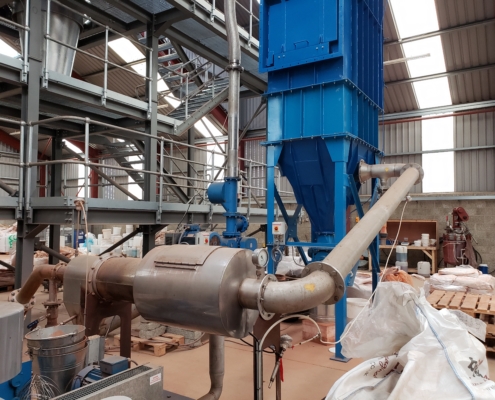
How to Enhance Your Dust Collection System | Aerodyne
A well-designed dust collection system is crucial for both the health of workers and the longevity of machinery.
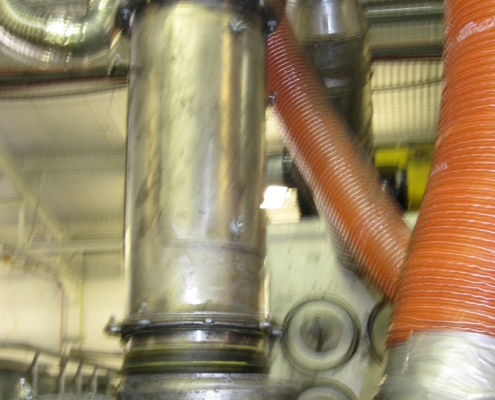
Extending Filter Lifespan with Cyclone Pre-Filters | Aerodyne
Cyclone dust collectors are dust collectors that use centrifugal motion to remove dust from an airstream.
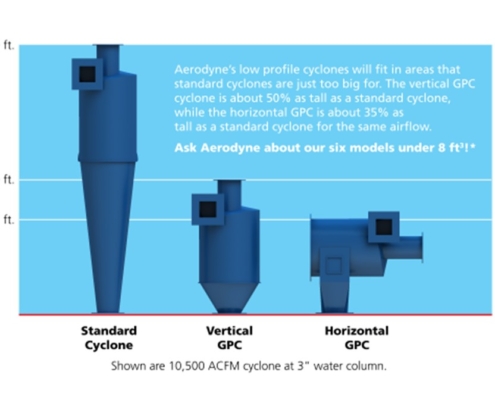
GPC Dust Collector: Efficiency and Space Savings | Aerodyne
Aerodyne's GPC cyclone offers a practical solution for applications where space is a premium concern.
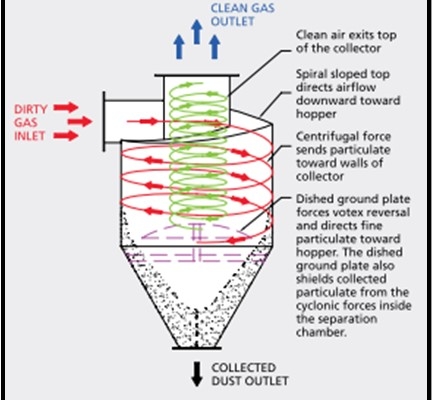
Unveiling Contrasts: Traditional Cyclone vs. Aerodyne Cyclone | Aerodyne
The Vacu-Valves from Aerodyne are priced at a fraction of the cost of standard rotary airlock valves and require no electricity to operate.
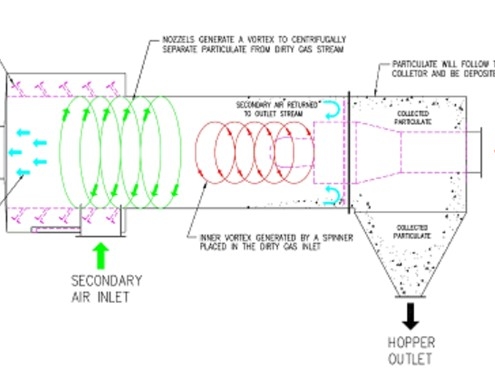
Horizontal and High-Efficiency Cyclone | Aerodyne
One challenge to designing a manufacturing process is choosing an effective dust collection system that will fit the limited available plant space.
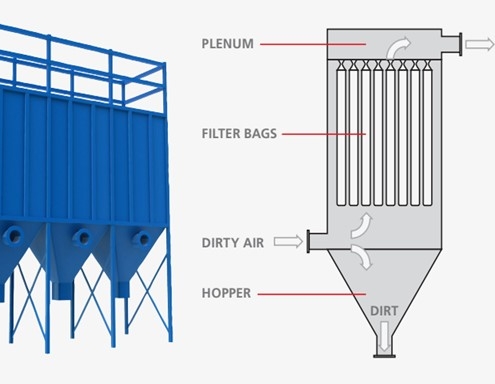
What kind of dust collectors are there? | Aerodyne
Dust collectors are used in many industries to improve air quality and remove harmful particles from the air. What kind of dust collectors are there?
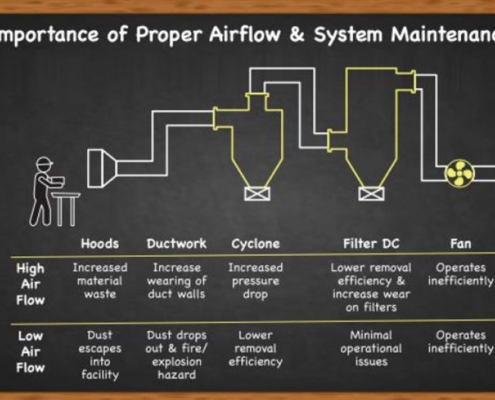
Dust Collection Systems Maintenance: The Cyclones and Filter Collectors | Aerodyne
The dust collection equipment often consists of a pre-filter to help collect the dust followed by the main dust collector.
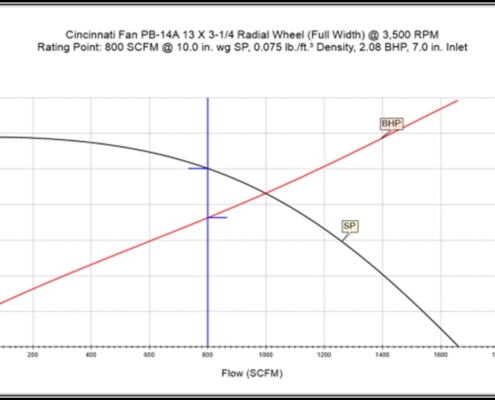
Exhaust Fans: The Motive Force of a Dust Collection System | Aerodyne
Exhaust fan is the motive force for the dust collection. It has a performance curve that defines how much airflow it will pull at a certain static pressure

